While boating offers freedom and enjoyment, unforeseen challenges can arise, and one of the most common is running aground. So, what should you do first if your boat runs aground? Acting quickly, calmly, and intelligently is crucial to ensuring the safety of all on board and minimizing damage to the vessel.
Understanding what should you do first if your boat runs aground prepares you to respond effectively, reduce potential risks, and get back on the water with minimal disruption.
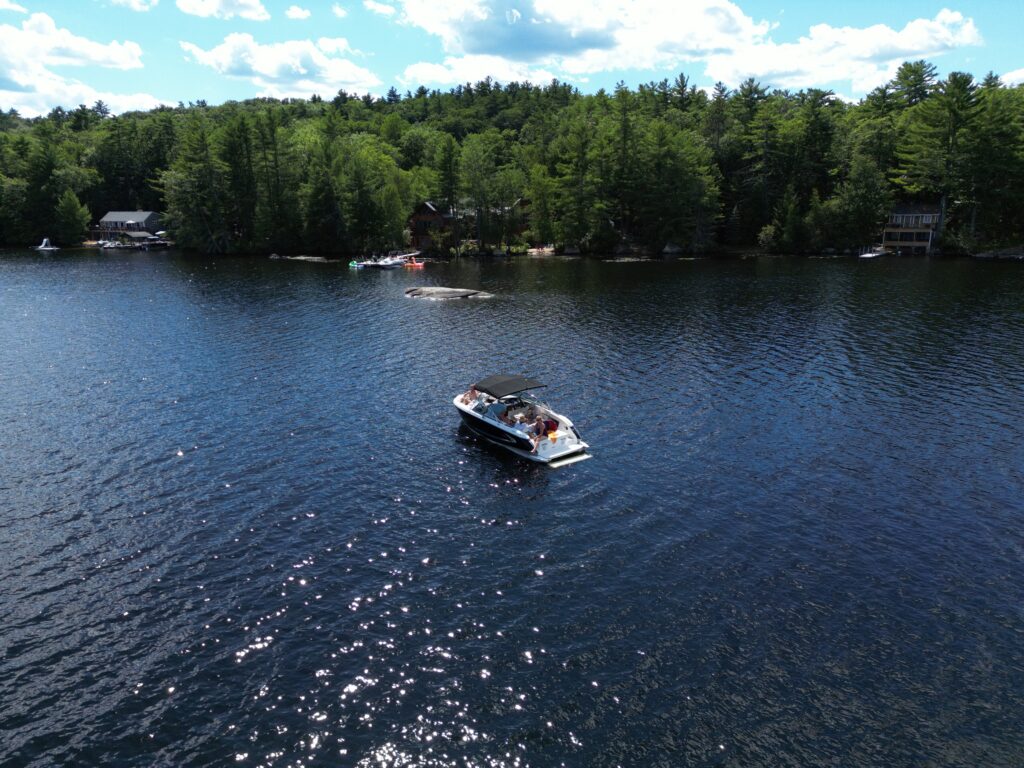
Stay Calm and Ensure Everyone’s Safety
The first step in understanding what should you do first if your boat runs aground is to remain calm. Panic can lead to rash decisions that worsen the situation. Quickly assess the wellbeing of everyone on board.
Make sure all passengers are seated or holding onto stable parts of the boat. If anyone was standing or moving when the impact occurred, check for injuries and provide first aid if necessary.
Stop the Engine Immediately
A crucial move when considering what should you do first if your boat runs aground is to stop the engine. Continuing to run the engine could cause further damage to the propeller, drivetrain, or hull.
Turning off the engine immediately also prevents potential intake of debris into the cooling system and reduces the risk of fire or mechanical failure.
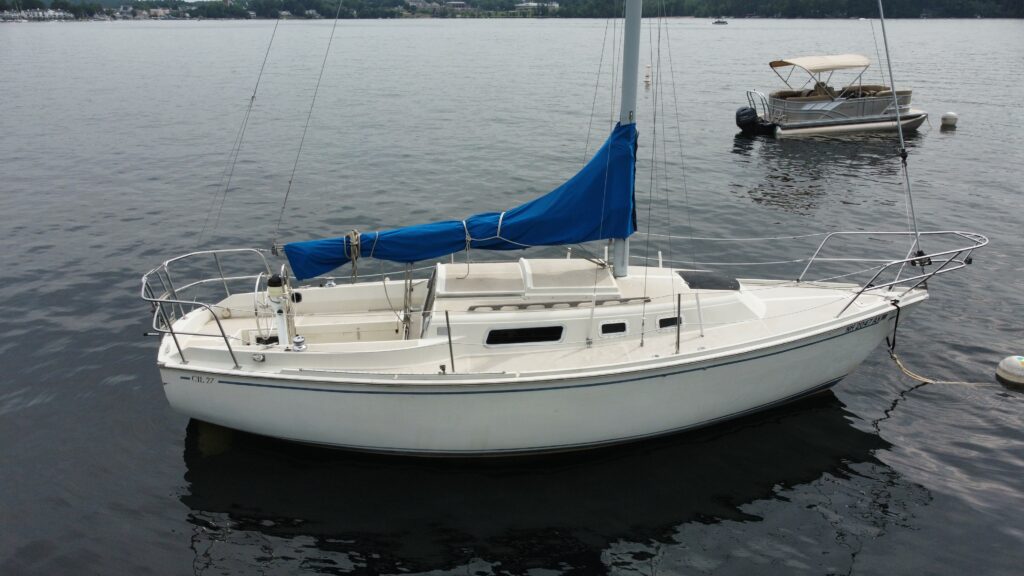
Assess the Situation and Determine the Severity
Understanding what should you do first if your boat runs aground involves evaluating the extent of the grounding. Questions to consider include:
- Are you stuck in soft sand, mud, or on hard rocks?
- Is the boat listing or taking on water?
- Is the tide rising or falling?
This assessment will dictate your next steps and how urgently you need to act.
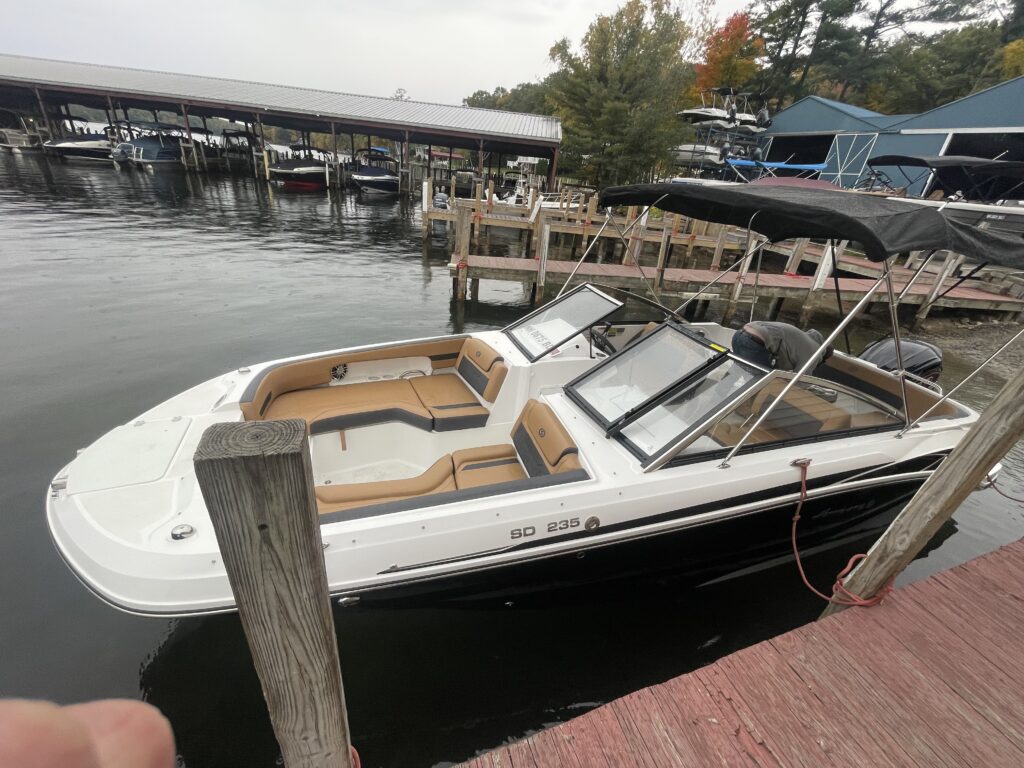
Check for Hull Damage and Water Intrusion
Inspect the hull and bilge for signs of damage. Knowing what should you do first if your boat runs aground means being alert to leaks, cracks, or unusual sounds.
If water is entering the boat, activate bilge pumps immediately and prepare to deploy additional flotation devices if necessary.
Alert Authorities or Request Assistance if Needed
If you suspect serious damage or are unable to free the boat, understanding what should you do first if your boat runs aground includes contacting the appropriate authorities.
Use a VHF radio to issue a distress call or request assistance. Providing your location, nature of the emergency, and vessel description ensures a quicker and more effective response.
Lighten the Load if Possible
To attempt self-rescue, consider lightening the boat’s load. Understanding what should you do first if your boat runs aground may involve having passengers carefully move to a safer area of the boat to redistribute weight.
In some cases, removing heavy gear or shifting passengers to one side can help refloat the boat.

Try Reversing Off Gently
If conditions are safe and there is no serious damage, another step in what should you do first if your boat runs aground is attempting to reverse off gently.
Use minimal throttle and avoid spinning the propeller aggressively, which could worsen damage. Rocking the boat by shifting weight side-to-side can assist in freeing it from sand or mud.
Wait for the Tide if Necessary
In shallow tidal areas, understanding what should you do first if your boat runs aground may mean simply waiting. If the tide is rising, water levels may naturally lift your boat off the obstruction.
During this time, continue monitoring for hull damage, ensure the boat remains stable, and be ready to restart the engine once conditions improve.
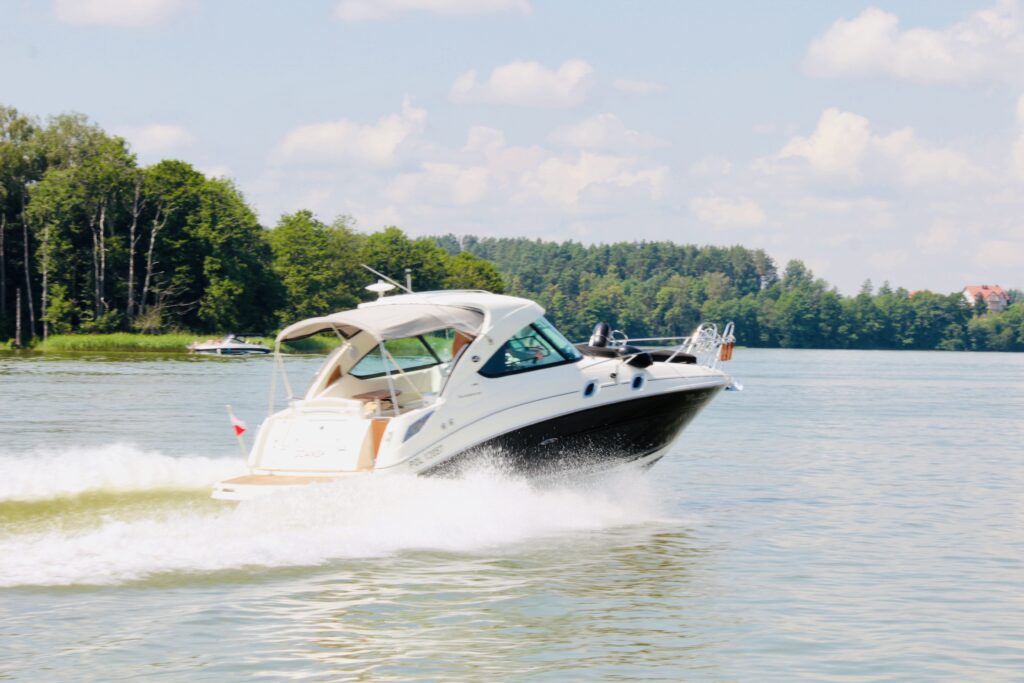
Preventative Measures to Avoid Groundings
Part of knowing what should you do first if your boat runs aground is recognizing how to prevent such incidents in the future. Key preventive steps include:
- Using updated nautical charts and GPS
- Maintaining a proper lookout at all times
- Monitoring water depth carefully
- Understanding local tides and currents
Preparation and vigilance greatly reduce the risk of running aground.
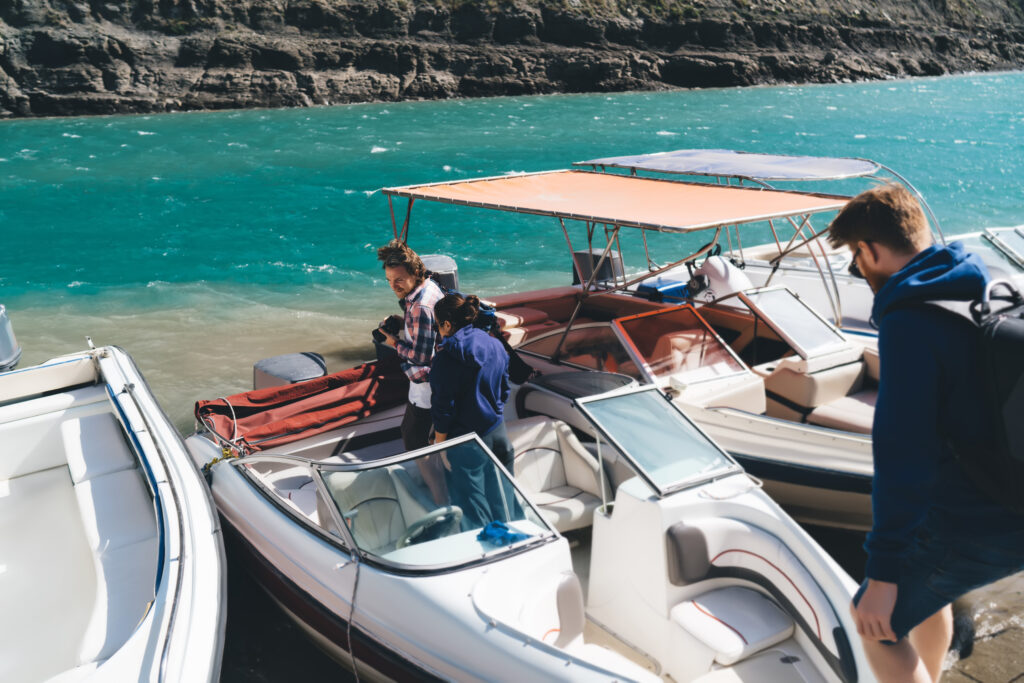
Conclusion
What should you do first if your boat runs aground? Stay calm, ensure everyone’s safety, stop the engine, assess the situation, check for hull damage, and seek help if needed. These steps help protect lives, safeguard your vessel, and facilitate a safe recovery.
If you’re looking to upgrade to a vessel with advanced navigation technology or need assistance financing repairs after an incident, Float Finance offers flexible marine loan solutions tailored to your needs. Learn more by visiting Float Finance’s Boat Loans.
